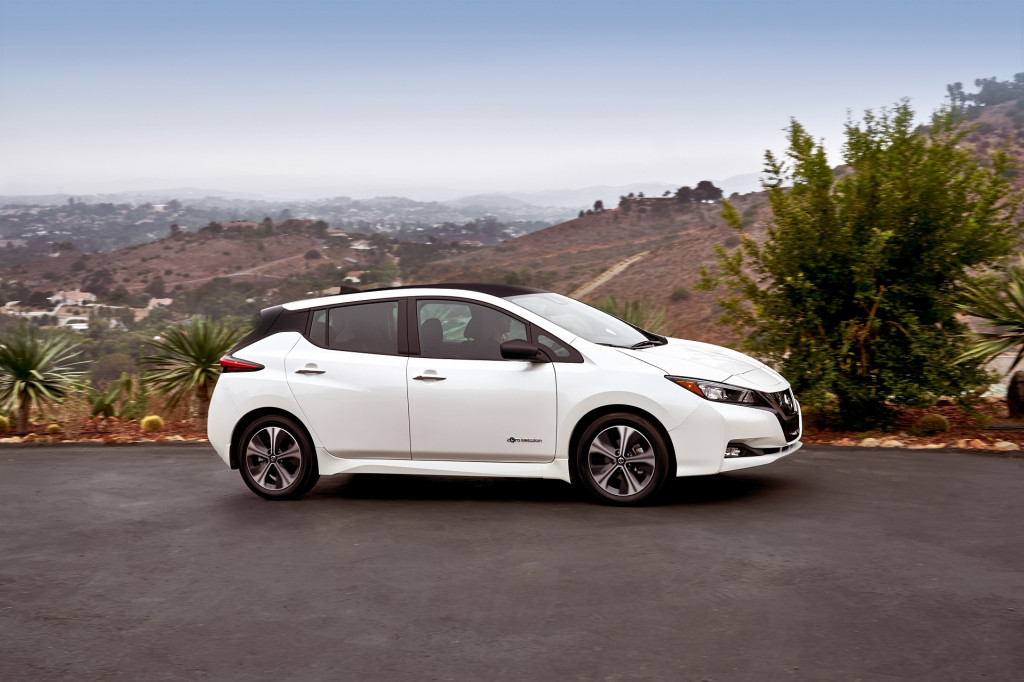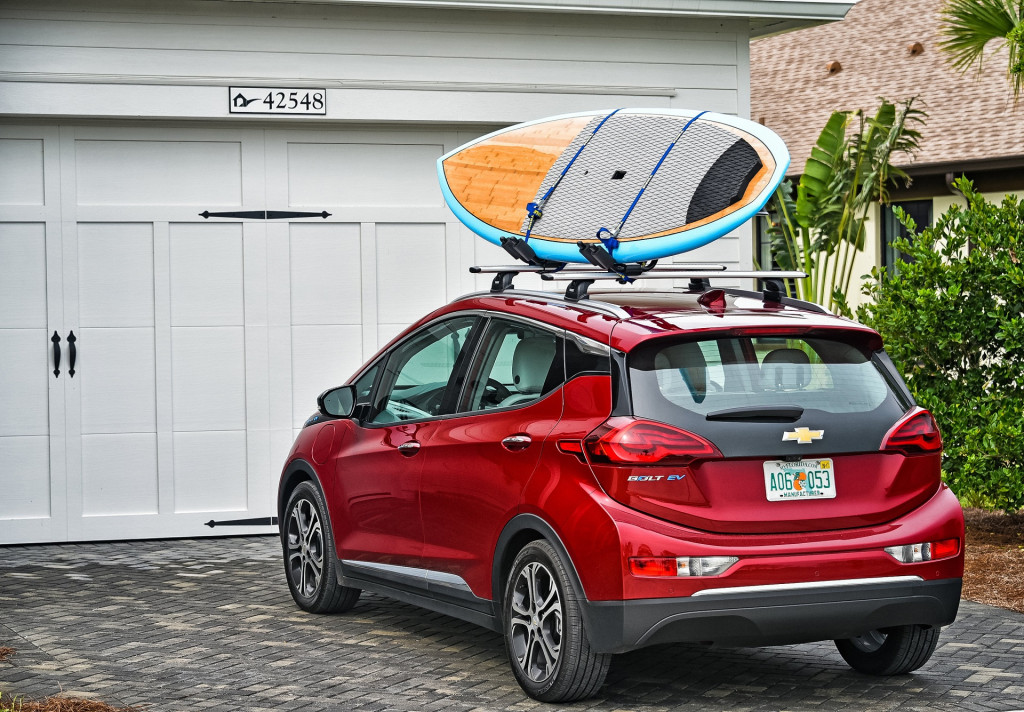Over the seven years modern, mass-priced electric cars have been on sale, various bits of wisdom have emerged among their fans, advocates, and owners.
One might be how much battery range is "enough" to prevent drivers from worrying constantly about whether they need to charge.
Another might be which vehicles have batteries that seem to hold their capacity over time—and which don't.
DON'T MISS: Top Six Trends In Plug-In Electric Cars Through 2020 (Feb 2016)
Now the well-known consulting firm of McKinsey has summarized what it has concluded on some of these issues.
McKinsey summarized its thoughts in an article that described its partnership with A2Mac1, a firm that provides benchmarking and analysis to the global auto industry.
That piece is worth reading in its entirety, and it also has some nice charts and graphs showing trend curves.

2018 Nissan Leaf
But the main conclusions McKinsey has reached include the following:
Electric-car range is now "enough" at 200 miles or more
That roughly squares with what EV buyers and shoppers seem to feel; clearly the 70 to 80 miles of earlier cars (meaning 45 to 60 in winter weather) wasn't high enough.
READ THIS: What if car buyers aren't ready for electric cars, even in California?
Vehicles designed from the start as electric cars have an advantage
McKinsey feels, and we have to agree, that carmakers will produce much better electric cars when they start with an EV-only architecture based on a flat, thin, underfloor battery pack.
The lack of bulky engine, transmission, and cooling components under the hood also allows a cab-forward design, and more cabin volume for a given footprint than an adapted gasoline vehicle.

2018 Chevrolet Bolt EV
The integration of electric-drive powertrains is increasing
That means power electronics have fewer components and can be mounted more compactly, further reducing the space required for components of the drivetrain.
We've seen examples of that in the successive iterations of the Nissan Leaf and the Chevrolet Volt, whose ancillary electronic components have been integrated, reduced in size, and mounted closer to the motor and charger inside the car.
CHECK OUT: China plug-in electric vehicle sales in 2017: almost four times those in the U.S.
Approaches to battery thermal management still vary
This is one of the most important issues, as data appears to show that liquid-cooled battery packs from Tesla and General Motors hold their energy capacity longer than those from Nissan that use passive air cooling.
Battery life over the average 15-year-life of a vehicle remains an unknown today, but stories of significant capacity loss over the first five years won't help sell new electric cars unless replacement packs are cheap, easily installed, and widely available.













